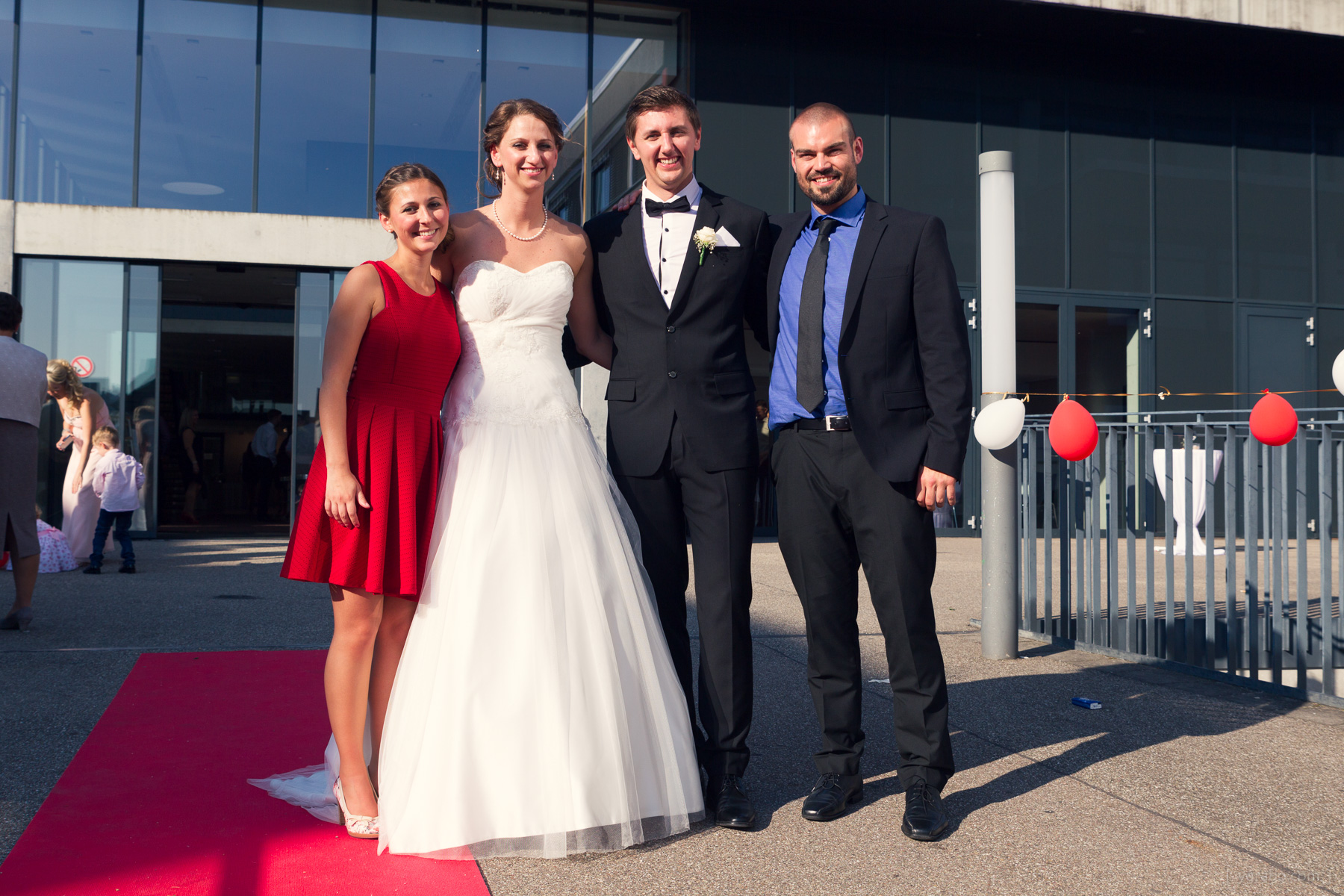

I have no calibrated devices, I edit on MacBookPro/MacBookAir and send to print to some serviceĪ search with "basic portrait editing lightroom" and up comes. The pic I am going to send to print is attached (no, thanks, not interested in your processing), is there any reading/tutorial which might come handy for my purposes?

The end result is that they save you a lot of time and effort.I would like to print a portrait I shot a couple months ago, I am not a big fan of editing, I limit myself at some very basic retouch, am not that good at it neither I like to modify what came out of the camera too much, I rather take more shots till I get what I want but sometimes one has to do the best with what was accomplished through the camera and now I would like to read something about portrait editing in LR. Then you can look at each portrait individually for retouching and tweaking. The final figure depends on the exact nature of your portrait shoot, but it’s helpful if you can apply the same settings to all of your portraits to start the developing process. When you do a portrait shoot it is likely that you have anywhere between ten and fifty portraits, maybe even more, that are worth developing in Lightroom. Develop Presets help you develop portraits in bulk.Nothing could be further from the truth, once you understand how to use Lightroom’s tools. If you are new to Lightroom it might seem to lack the imaginative options that presets in other applications, or even Instagram filters, give you. Using Develop Presets created by other photographers helps you explore all of Lightroom’s tools for altering tonal and color values.In this sense, the preset contributes to your style. Once you have created a certain look in Lightroom, you can save it as a preset and apply it to other portraits taken in similar lighting conditions. Develop Presets help you apply a consistent developing style or color treatment.There are several advantages of using Develop Presets to help you develop portraits. Lightroom just happens to have a powerful tool for creating authentic portraits with interesting color and tonal treatments. Using Lightroom encourages you to learn to be a better portrait photographer. These are skills that portrait (and wedding photographers) have had to learn for decades, and are in danger of being lost to photographers who are over-reliant on Photoshop. You have to learn how to light and pose your model properly. In other words, Lightroom helps you keep it real and create authentic portraits that capture character as well as likeness.Īn interesting thing happens when you don’t use Photoshop to slim somebody’s face or body, or to compensate for poor lighting. There is no temptation to distort a model’s face or make her thinner because it simply isn’t possible. The advantage of using Lightroom for portrait retouching is that you there are no tools for warping, liquifying or otherwise changing the fundamental proportions of a portrait. The search for perfection results in a work of fiction, and we know it. Because of this, when we see an over-retouched portrait we automatically know that there is something wrong with it. Human beings are very good at remembering and recognizing people’s faces. We’ve all seen the work of photographers who have made the eyes of their models larger, their waists narrower, removed all sign of skin texture or changed the shape of their face.

Photoshop in particular makes it easy to cross the line from photography to illustration. The biggest problem with using Photoshop or plugins to retouch portraits is that it’s easy to go too far and overdo the effect. Retouching portraits in Lightroom Classic helps you create a natural look Now I’m going to make a bold claim – for all but the most demanding portrait photographers, Lightroom is the only application you’ll ever need for portrait retouching. There are also some workflow related reasons to do as much of your portrait retouching in Lightroom as you can. Some use plugins – at least partly because plugins are heavily advertised.īut the truth is that if you haven’t used Lightroom Classic for retouching portraits before then you’ll probably be surprised at just how good it is.

Some photographers use Photoshop for retouching portraits, especially if they like the heavily retouched look common in advertising and other high-end forms of commercial photography.


 0 kommentar(er)
0 kommentar(er)
